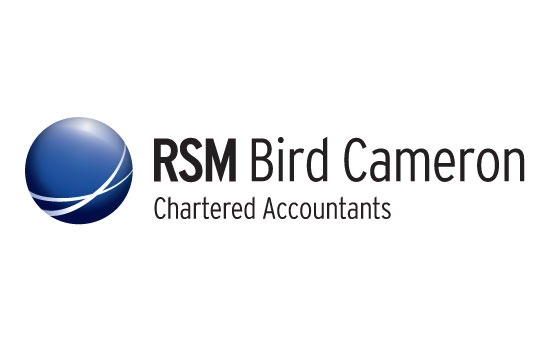
While redundancy was once considered an unwelcome sign of the times, the new corporate reality means it is becoming more likely that at some stage during your career you will be made redundant.
Getting the right tax advice can help you make the most from a redundancy payment as you move into a new job. If you are thinking of taking a break between jobs, you will need to structure your finances to make your money last.
But first, let’s look at the redundancy payments, what types there are and how tax might affect you.
Components of a redundancy payment
There are several components to redundancy payments:
* Payments in lieu of notice,
* A golden handshake (severance payment), and
* Unused annual leave, sick leave or unused rostered days off.
Redundancy payments vary, to confirm what entitlements may be available to you it’s important to check your employment contract or refer to your award.
Tax-free redundancy payments
If you are under 65, a payment in lieu of notice and/or a golden handshake will have a tax-free component which includes a base amount plus an extra amount for each completed year of service. If you worked for your employer prior to 1983, the amount of payment relating to this period will be tax-free.
The tax-free component is indexed each year. Any payment over the tax-free component is taxed as an Eligible Termination Payment (ETP). If you are 65 or over, the entire redundancy payment is taxed as an ETP.
The ETP must be paid as lump sum, unless you meet transitional rules to allow the payment to be rolled over to a superfund.
Tax treatment of a redundancy ETP
If you are 55 or older during the financial year you’re made redundant, all amounts up to the ETP cap are taxed at 17%. Employees under 55 will be taxed at 32% up to the ETP cap.
For all employees, the balance in excess of the ETP cap is taxed at 47%. All tax rates include a Medicare Levy of 2%.
The ETP cap is indexed every financial year and is set at $185,000 in the 2014/15 financial year.
Tax treatment of unused leave
Payments in respect of unused leave are fully assessable and taxed at 32%.
If you are facing redundancy, or know someone who is, it pays to be aware of the taxation implications of receiving a redundancy payment.


